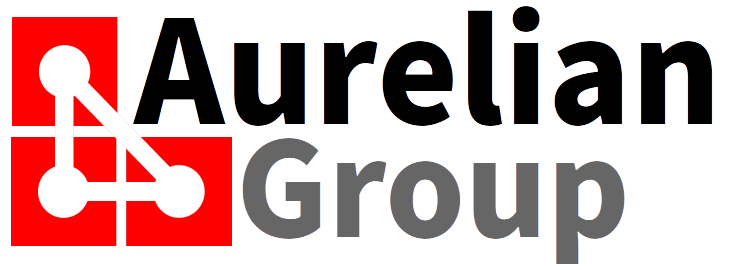With COVID-19 causing many businesses to lock their offices and have their employees work from home, there is a renewed interest in a "digital business" - so that people could be productive from everywhere - or anywhere. But is that really all a digital business is? A shared cloud storage, productivity tools and "Zoom" for meetings? Or is it the savvy use of social media, that transforms the workers into so-called "influencers"?
A digital business has surprisingly little to do with applications, video conferencing, or social media. Let's uncover in this article what a digital business truly is, and why you should make the appropriate investments to get your business digital.

Digital business - the minimiser of waste (of time)
How many hours are worked in your business? That sounds simple - take the workable hours (this has weekends, paid vacation, national and state holidays, and average sick-leave deducted) and multiply this by the number of Full Time Equivalent (FTE) employees. Now let's add the qualification "productive" - how many hours worked were actually productive for the business? In this case we are not talking about the time time lost at the "water cooler" - how much time is spent on double entry of data, inefficient processes not aligned between the various line of business applications, and the worst offender: not having an application at all when it certainly would save a significant portion of time.

The "productivity rate" of your business is calculated by dividing the productive hours by the workable hours. The percentage that results is your productivity rate - and it is never 100% (you'd be doing better than average if you are north of 50%!). Why does this matter?
Productivity = Output / Hours Worked
To increase "Output" (i.e. revenue), the easiest thing to do is to increase the hours worked. If the productivity stays the same, then Output must increase. Note: increasing hours worked does not necessarily mean hiring more people - it usually means "do more with less" - which keeps the direct labour cost within budget - but the cost of employment overall goes up with typically symptoms like higher staff turn-over, sick leave, and other motivational and stress related costs.
Now imagine the following - A business has a productivity rate of 40%. A lot of time is spent on double entry of data, data collation (the spreadsheet gurus spending hours pulling together reports from various disassociated sources), and "exception management" (handling of errors in the business due to a lack of information available or coordination). By increasing the productivity rate, we can increase the potential for output without modifying the hours worked. Let's take an example:
Company A has a productivity rate of 40% - the hours worked over a year is 46,000, resulting in a revenue of $3,000,000.
Productivity = $3,000,000 / 46,000 = $65.22 per hour
This productivity is reached at 40% productivity rate, let's increase that to 60% by implementing systems that reduce productivity loss due to errors and redundancies - that means the new productivity is ($65.22 / 40) * 60 = $ 99.33 per hour. We keep the same working hours (46.000) that means the output now has room to grow to a revenue of $4,500,000 (rounded to nearest 100k).
Output (revenue) = $99.33 per hour * 46,000 hours = $4,500,000 (rounded to nearest 100k)

How does a digital business streamline?
A digital business is built on a platform that extend with the developments of your business - and that is the key difference between a business that uses digital applications and a digital business. The data shows that increased investment in information technology does not have a positive impact on productivity, when it just increases the complexity of operations and maintenance. A digital business is built on a platform that glues the components together into a coherent process. Email and Customer Relationship Management (CRM) are not just different applications, but interconnected parts on a larger integrated platform.

A digital business is one where all the business applications are designed to work together, but are able to function independently as well. It is a business where IT is an enabler at your pace, not a burden on top of your day-to-day operations. In other words, a digital business is a productivity driver - and provides you with the option to increase output (grow) or decrease effort (life-style).
As such, a digital business is built on a platform that caters for the current and upcoming stages in the business - whether it is rapid growth, or sustaining current operations with higher efficiency.
The path to a digital business
The good news is that it is not as complex or expensive as you might think. Aurelian Group takes the complexity out by supplying the software and implementation for you in a single subscription. No surprises. Click below for more information on the plans.
